Headphone market trends: what we will buy in the near future
We have a lot of different blog posts about different headphones. And what to do: the category is huge, and if you want, you don’t want, but you come across.
Most often this is, of course, bone conduction and TWS. And so we decided to look at different sources, and is there anything else in the world and what kind of trends in general in this category are distinguished by various publications.
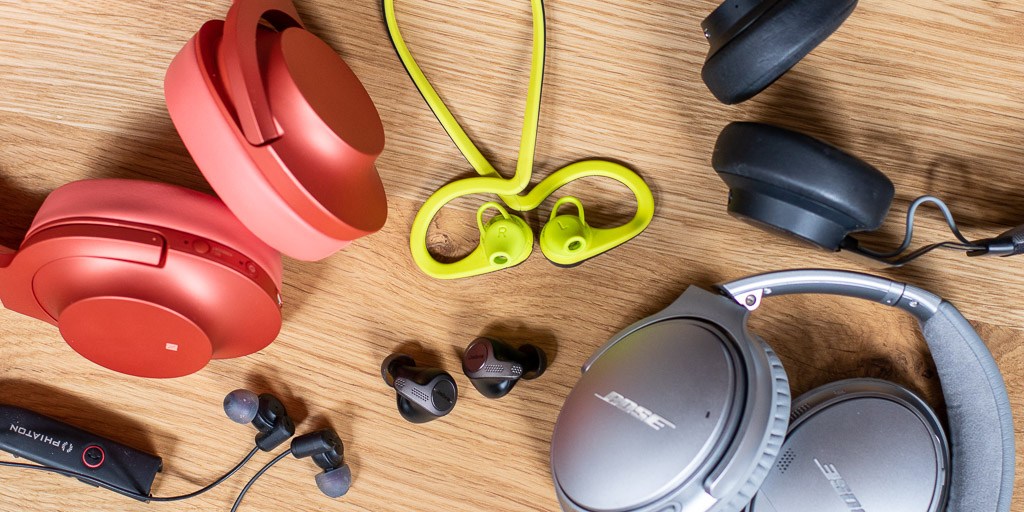
In general terms, it all looks like this:
According to reports , in 2018 the headphone market was estimated at $ 10.52 billion, and will continue to grow in the future.

It does not develop by itself: it is stimulated both within the electronics category (smartphones without Jack gave a wave of wireless headphones), and the developing music industry. Formally speaking, electronics and music will continue to set two main trends: convenience and sound quality.
“Exhaustibility” in the field of both adds another “prettiness” to the category, so, as noted, various kinds of design “ears” can become the third trend. However, this does not mean that in the future we are waiting for comfortable wireless, beautiful and good-sounding headphones - these characteristics are more likely to be highlighted as “ super-trends ”, inside which users will look for the pair they need.
By 2025, it is expected that the headphones will become the most voluminous category in electronics, which will contribute to increased demand in "low-cost" countries. The main sales volume will fall on the budget category - up to $ 50.
The main division into "trends" will take place, however, not by price, but by application areas: fitness / sports, games, entertainment, VR.
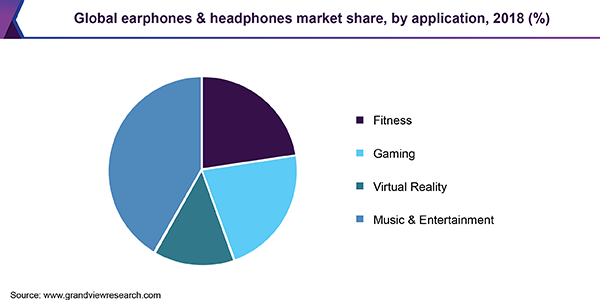
In other words, by 2025 a boom is expected in the category where the main demand will be for high-quality wireless ears in the price category up to $ 50. Most users will look for a pair that suits their needs exactly at this point, which does not negate some other trends, which are called most publications.
Bone conduction
We did not specifically come up with this. One of the trends that stands out is the development of the bone conduction category, which fits into one of the categories in which users will choose headphones - the “sport” category. Bone-conduction headphones do not cover the ears, which allows the athlete to feel safe during training, for example, while running, cycling, etc.

At the same time, today these headphones already meet a number of requirements: they are wireless, comfortable, they have a stylish design, they have learned to produce very decent sound in different genres. The only problem: many models so far go beyond $ 50.
Hearing protection
The tasks that the developers plan to set themselves suggest that a person will wear headphones almost taking off, so one of the needs that will arise is hearing protection. One of the ways to solve the problem may be a certain intellectual system of active noise reduction, which will recognize “harmful” noises and exclude them.
Sound quality
Higher bandwidth for audio, perhaps one way or another will lead to some kind of cooperation between manufacturers of smartphones and manufacturers of codecs. At a time when most headphones are already TWS, the emergence of a universal chip for data exchange is probably inevitable.
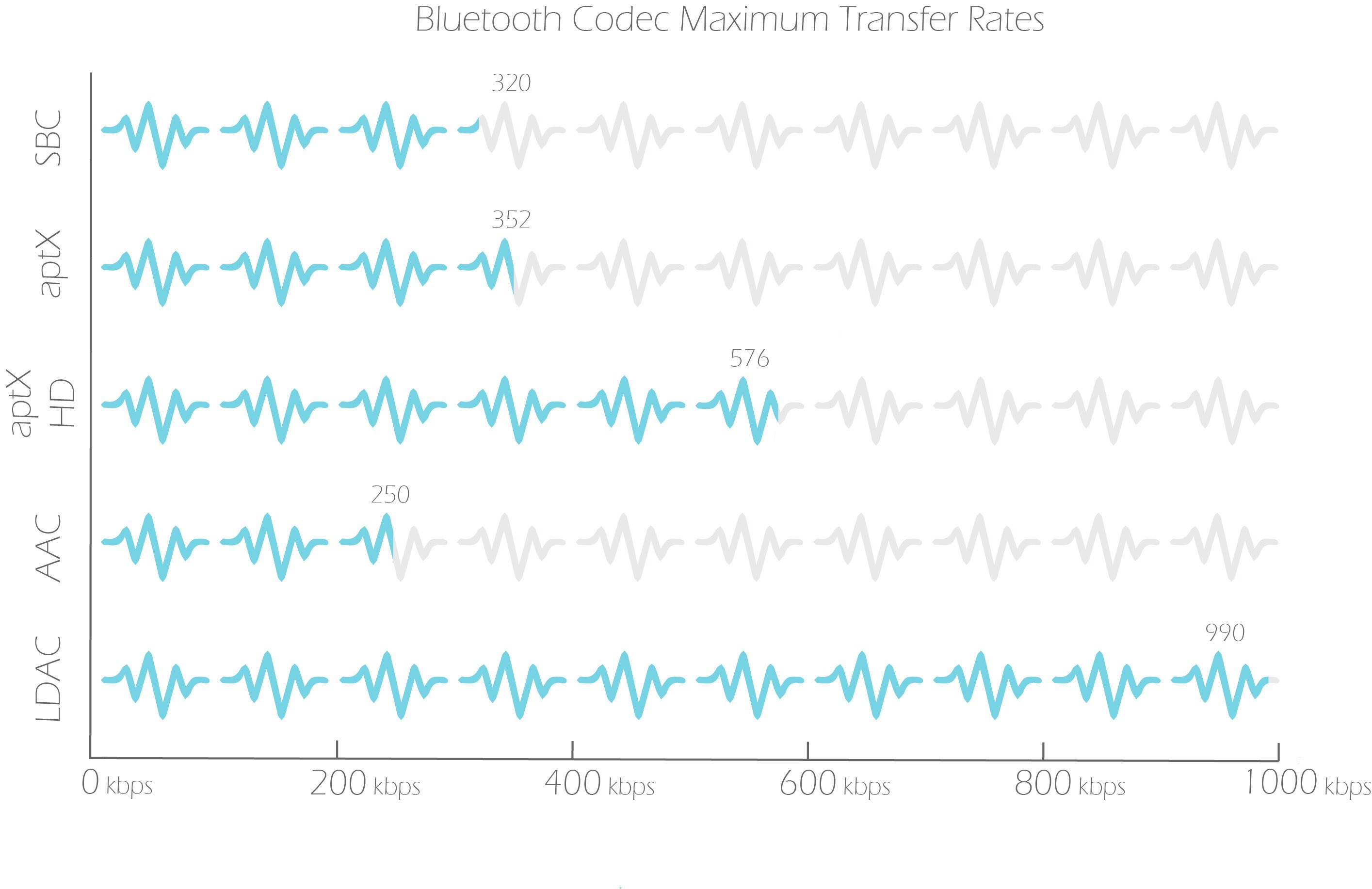
Autonomy
Most trends are formed from the “main” category: wireless headphones. Autonomy is no exception. Today, most TWS manufacturers, of course, are a little cunning when they announce 12 hours of work. This time is added thanks to the complete case-charging.
Making small headphones work long is one of the tasks. Recently, by the way, a curious project appeared on Kickstarter, where the problem is solved quite elegantly.

Headphones do not stop being wireless, they do not need to be pulled out of the ears, and they will be charged.
Assistants
The same headphones, by the way, demonstrate another feature that is called the trend: integration with voice assistants.
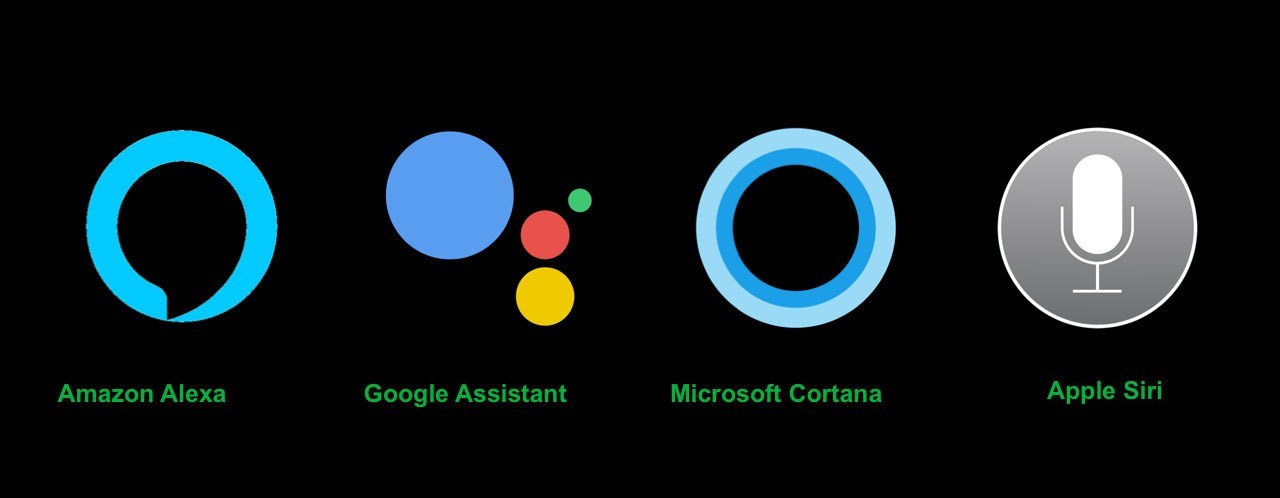
According to a survey conducted back in 2018 by Qualcomm, most users would like to have voice assistants in their wireless headphones: some of them would receive health information, 56% of those surveyed would like to receive weather information, incoming letters, etc. 40 % admitted that they would like to hear GPS position data.
The demand for helper headphones is also stimulated by the active development of the Internet of things and Smart Home systems. Running up to the house with a jog, turning on the kettle seems like an amusing idea.
One of the areas that a number of large companies are already working on is turning the headphones into an independent smart gadget that is not tied to a smartphone, but knows how to “communicate” immediately with cloud services.
Earphones for health
Another trend that is already developing within the category of sports headphones. In the near future, headphones should learn to collect maximum health information. Today, there are already examples of headphones with good heart rate monitors, so the whole start has been made.
Headphones Translators
No matter how stamped the phrase that the Internet has removed the boundaries between people does not sound, it is. People communicate with each other around the world, solve business problems, get acquainted, discuss news and so on. Scenarios in which the built-in translator in real time can be claimed are not so difficult to find.
Identification
Voice recognition is also called among future trends. Good microphones with good noise filtering are added to the good sound in modern headphones. In general, to say something like “Well hello, it's me” (c) is easier than finding the sensor from the back of the smartphone.
VR and games
Most of the listed trends, be it increased autonomy, translator, heart rate tracking, are still more about wireless plugs. Of the niche trends in most collections, only those related to gaming reality and the VR industry are noted.
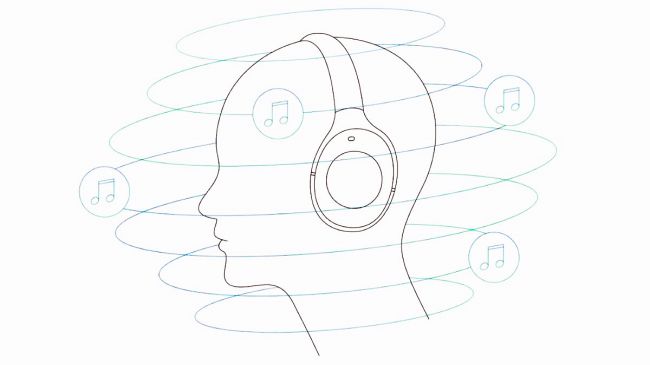
So, for example, one of the trends is 360-degree sound. Spatial improvements will have to provide a better immersion in the VR / AR world. For gamers, wireless headphones should provide minimal latency. Qualcomm is already picking up a solution to this problem.
A few words in the end
Apparently, the era of the transition from wired to wireless headphones (including TWS) has already come. The main and main “trend” is the rejection of wires.
This is a virtue or a disadvantage - we believe that everyone has their own opinion, but probably our children will only look at wired headphones in the museum. While this is offset by various cosmetic chips, but the niche will improve and quality.
Of the main “trends”, first of all, it is necessary to solve the issue of autonomy, and as soon as the headphones “pull” not for 2-3 hours, but for half a day, there will be room for really useful things, among which come to the fore: sports / health, monitoring events, home management and some others.
Most often this is, of course, bone conduction and TWS. And so we decided to look at different sources, and is there anything else in the world and what kind of trends in general in this category are distinguished by various publications.

In general terms, it all looks like this:
According to reports , in 2018 the headphone market was estimated at $ 10.52 billion, and will continue to grow in the future.

It does not develop by itself: it is stimulated both within the electronics category (smartphones without Jack gave a wave of wireless headphones), and the developing music industry. Formally speaking, electronics and music will continue to set two main trends: convenience and sound quality.
“Exhaustibility” in the field of both adds another “prettiness” to the category, so, as noted, various kinds of design “ears” can become the third trend. However, this does not mean that in the future we are waiting for comfortable wireless, beautiful and good-sounding headphones - these characteristics are more likely to be highlighted as “ super-trends ”, inside which users will look for the pair they need.
By 2025, it is expected that the headphones will become the most voluminous category in electronics, which will contribute to increased demand in "low-cost" countries. The main sales volume will fall on the budget category - up to $ 50.
The main division into "trends" will take place, however, not by price, but by application areas: fitness / sports, games, entertainment, VR.

In other words, by 2025 a boom is expected in the category where the main demand will be for high-quality wireless ears in the price category up to $ 50. Most users will look for a pair that suits their needs exactly at this point, which does not negate some other trends, which are called most publications.
Bone conduction
We did not specifically come up with this. One of the trends that stands out is the development of the bone conduction category, which fits into one of the categories in which users will choose headphones - the “sport” category. Bone-conduction headphones do not cover the ears, which allows the athlete to feel safe during training, for example, while running, cycling, etc.

At the same time, today these headphones already meet a number of requirements: they are wireless, comfortable, they have a stylish design, they have learned to produce very decent sound in different genres. The only problem: many models so far go beyond $ 50.
Hearing protection
The tasks that the developers plan to set themselves suggest that a person will wear headphones almost taking off, so one of the needs that will arise is hearing protection. One of the ways to solve the problem may be a certain intellectual system of active noise reduction, which will recognize “harmful” noises and exclude them.
Sound quality
Higher bandwidth for audio, perhaps one way or another will lead to some kind of cooperation between manufacturers of smartphones and manufacturers of codecs. At a time when most headphones are already TWS, the emergence of a universal chip for data exchange is probably inevitable.

Autonomy
Most trends are formed from the “main” category: wireless headphones. Autonomy is no exception. Today, most TWS manufacturers, of course, are a little cunning when they announce 12 hours of work. This time is added thanks to the complete case-charging.
Making small headphones work long is one of the tasks. Recently, by the way, a curious project appeared on Kickstarter, where the problem is solved quite elegantly.

Headphones do not stop being wireless, they do not need to be pulled out of the ears, and they will be charged.
Assistants
The same headphones, by the way, demonstrate another feature that is called the trend: integration with voice assistants.

According to a survey conducted back in 2018 by Qualcomm, most users would like to have voice assistants in their wireless headphones: some of them would receive health information, 56% of those surveyed would like to receive weather information, incoming letters, etc. 40 % admitted that they would like to hear GPS position data.
The demand for helper headphones is also stimulated by the active development of the Internet of things and Smart Home systems. Running up to the house with a jog, turning on the kettle seems like an amusing idea.
One of the areas that a number of large companies are already working on is turning the headphones into an independent smart gadget that is not tied to a smartphone, but knows how to “communicate” immediately with cloud services.
Earphones for health
Another trend that is already developing within the category of sports headphones. In the near future, headphones should learn to collect maximum health information. Today, there are already examples of headphones with good heart rate monitors, so the whole start has been made.
Headphones Translators
No matter how stamped the phrase that the Internet has removed the boundaries between people does not sound, it is. People communicate with each other around the world, solve business problems, get acquainted, discuss news and so on. Scenarios in which the built-in translator in real time can be claimed are not so difficult to find.
Identification
Voice recognition is also called among future trends. Good microphones with good noise filtering are added to the good sound in modern headphones. In general, to say something like “Well hello, it's me” (c) is easier than finding the sensor from the back of the smartphone.
VR and games
Most of the listed trends, be it increased autonomy, translator, heart rate tracking, are still more about wireless plugs. Of the niche trends in most collections, only those related to gaming reality and the VR industry are noted.

So, for example, one of the trends is 360-degree sound. Spatial improvements will have to provide a better immersion in the VR / AR world. For gamers, wireless headphones should provide minimal latency. Qualcomm is already picking up a solution to this problem.
A few words in the end
Apparently, the era of the transition from wired to wireless headphones (including TWS) has already come. The main and main “trend” is the rejection of wires.
This is a virtue or a disadvantage - we believe that everyone has their own opinion, but probably our children will only look at wired headphones in the museum. While this is offset by various cosmetic chips, but the niche will improve and quality.
Of the main “trends”, first of all, it is necessary to solve the issue of autonomy, and as soon as the headphones “pull” not for 2-3 hours, but for half a day, there will be room for really useful things, among which come to the fore: sports / health, monitoring events, home management and some others.
All Articles